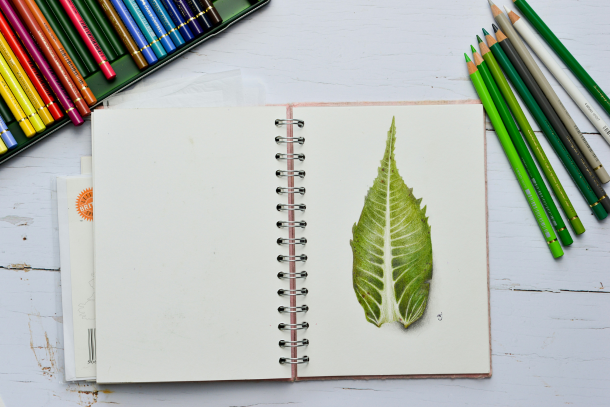How to Make the Perfect Cup of Tea
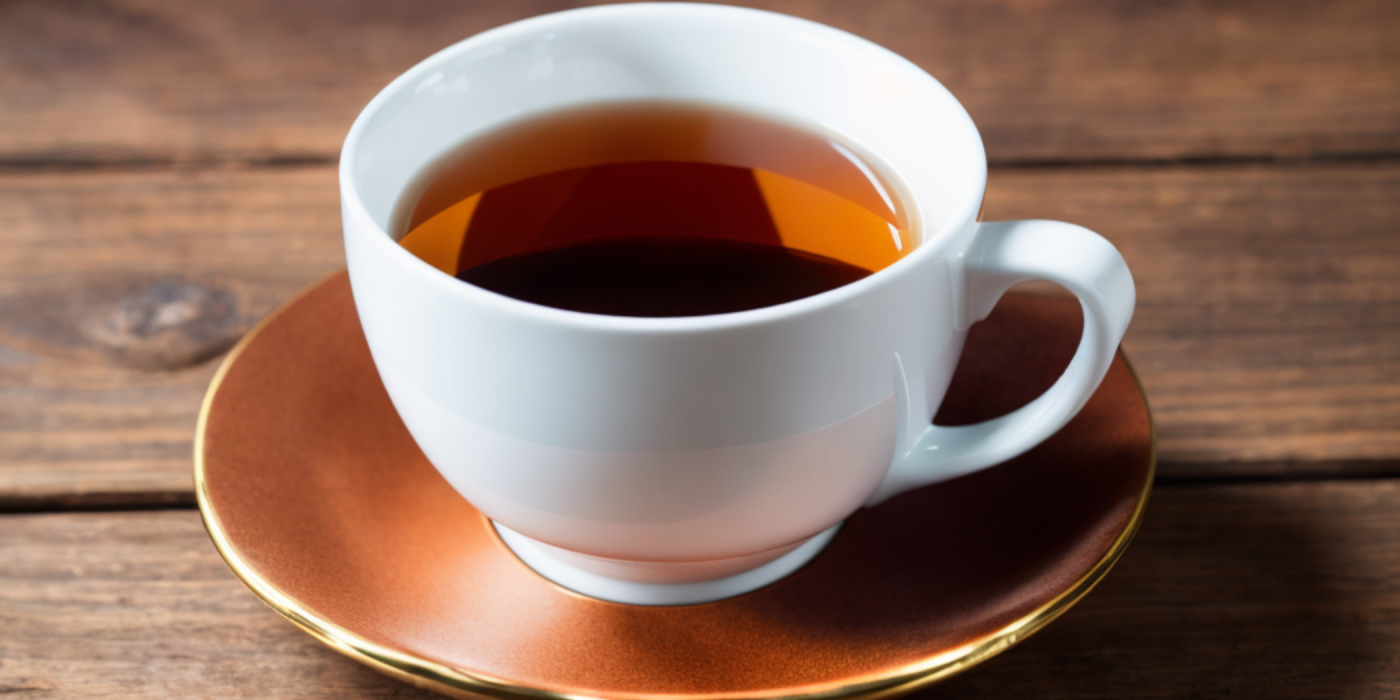
Tea is more than just a beverage in the United Kingdom; it's a cherished tradition, a symbol of hospitality, and a daily ritual. The art of making the perfect cup of tea is a skill that's deeply ingrained in British culture.
Whether it's a morning wake-up call, an afternoon pick-me-up, or a comforting brew before bed, a well-made cup of tea can be a source of immense pleasure and comfort. In this article, we'll explore how to make the perfect cup of tea, a simple pleasure that, when done right, is nothing short of transformative.
The Importance of Tea in the UK
Tea holds a special place in the hearts of Brits. It's not just about the drink itself, but the ceremony around it - the boiling of the kettle, the steeping of the leaves, and the anticipation of that first warming sip. It's a ritual that punctuates our day, providing moments of calm amidst the hustle and bustle of life.
The Art of Making the Perfect Cup of Tea
Making the perfect cup of tea is an art form. It's not just about throwing a tea bag into a cup and pouring in boiling water. There's a science to it, a method that, when followed, results in a cup of tea that's perfectly balanced in flavour, aroma, and temperature. This article will guide you through the process, providing expert tips and insights on how to make the perfect cup of tea.
So, whether you're a seasoned tea drinker or a novice looking to improve your brew, read on to discover the secrets behind making the perfect cup of tea.
Understanding the Basics
Before we delve into the art of making the perfect cup of tea, it's essential to grasp the basic elements involved in the process. These elements include the tea itself, water, the cup, milk, the tea bag, and the processes of boiling and steeping.
The Tea
The type of tea you choose plays a significant role in the final taste of your brew. From robust black teas to delicate green teas, each variety offers a unique flavour profile. It's worth experimenting with different types to find your personal preference.
Water
Water is often overlooked in the tea-making process, but it's just as important as the tea itself. Fresh, cold water is best as it contains more oxygen, which helps to extract the full flavour of the tea.
The Cup
The cup you choose can also affect the taste of your tea. Porcelain cups are often favoured as they retain heat well and don't impart any additional flavours to the tea.
Milk
The decision to add milk to your tea is largely down to personal preference. If you do choose to add milk, do so after the tea has been brewed to avoid affecting the brewing temperature.
The Tea Bag and Boiling
The tea bag is a convenient way to brew tea, but it's important to use one that allows the tea leaves to fully expand during brewing. As for boiling, the temperature of the water can greatly affect the taste of the tea, with different types of tea requiring different temperatures.
Steeping
Steeping is the process of leaving the tea to infuse in the hot water. The length of time you steep your tea will depend on the type of tea and how strong you like it.
Loose Tea vs Tea Bags
Finally, let's touch on the difference between loose tea and tea bags. Loose tea typically offers a fresher, more authentic flavour as the leaves are less processed. Tea bags, on the other hand, are more convenient and easier to use, but the tea used is often of a lower quality. The choice between the two will depend on your personal preference and lifestyle.
Choosing the Right Ingredients
When it comes to brewing the perfect cup of tea, the ingredients you choose can make all the difference. From the quality of the tea to the freshness of the water, every element plays a crucial role in the final taste of your brew.
High-Quality Tea
First and foremost, the quality of your tea is paramount. Whether you prefer loose leaf tea or tea bags, always opt for the highest quality you can find. High-quality teas are often more flavourful and aromatic, providing a superior tea-drinking experience. Remember, the best teas are usually harvested by hand and processed with care to preserve their natural flavours and aromas.
Loose Leaf vs Tea Bags
While tea bags are convenient, loose leaf tea is often of higher quality. This is because loose leaf teas are made from whole tea leaves, while tea bags often contain smaller pieces of leaves or tea dust. Whole leaves retain their oils and natural compounds better, resulting in a richer, more complex flavour profile.
Fresh Water
The water you use to brew your tea is just as important as the tea itself. Always use freshly drawn water, preferably from a filtered source. Re-boiled water can make your tea taste flat as it loses oxygen every time it's boiled. Fresh water ensures that your tea will have a bright, clean taste.
Types of Teas
Finally, consider the type of tea you're using. Different types of teas have unique characteristics and require different brewing methods. For example, black tea typically requires boiling water and a longer steeping time, while green tea is best brewed with slightly cooler water and a shorter steeping time. Understanding these differences can help you brew a cup of tea that's perfectly suited to your tastes.
The Perfect Brew
- Explain the importance of water temperature and steeping time.
- Provide a step-by-step guide on how to brew the perfect cup of tea.
- Include tips on how to adjust the brewing process for different types of teas.
The Perfect Brew
Brewing the perfect cup of tea is an art that requires attention to detail, particularly when it comes to water temperature and steeping time. These two factors play a crucial role in extracting the full flavour of the tea leaves, and getting them right can make the difference between a good cup of tea and a great one.
Importance of Water Temperature and Steeping Time
Different types of teas require different water temperatures and steeping times to bring out their best flavours. For instance, black tea typically requires boiling water (around 100°C), while green and white teas need slightly cooler water (around 70-80°C) to prevent the delicate leaves from burning. Overheating can result in a bitter taste, while water that's too cool may not fully extract the flavours.
Steeping time is equally important. A general rule of thumb is to steep black teas for 3-5 minutes, green teas for 1-3 minutes, and white teas for 2-4 minutes. Over-steeping can make the tea taste bitter, while under-steeping may result in a weak flavour.
Step-by-Step Guide to Brewing the Perfect Cup of Tea
-
Choose Your Tea: Start by selecting a high-quality tea that suits your taste.
-
Measure Your Tea: Use one teaspoon of loose tea or one tea bag per cup.
-
Heat Your Water: Bring the water to the correct temperature for your chosen type of tea.
-
Steep Your Tea: Place the tea in the pot and pour over the water. Allow it to steep for the recommended time.
-
Enjoy: Once the tea has steeped, remove the leaves or tea bag, pour into a cup, and enjoy.
Remember, these are general guidelines. Feel free to adjust the water temperature and steeping time to suit your personal taste. Experimenting is part of the fun of making the perfect cup of tea!
Common Mistakes to Avoid When Brewing Tea
When it comes to brewing the perfect cup of tea, there are a few common mistakes that people often make. By being aware of these, you can ensure that your tea is always brewed to perfection.
Using Water That's Too Hot
One of the most common mistakes is using water that's too hot. Different types of tea require different water temperatures to bring out their best flavours. For example, black tea needs boiling water, but green and white teas require cooler water. Using water that's too hot for these delicate teas can result in a bitter taste.
Solution: Invest in a kettle with adjustable temperature settings. If that's not possible, a simple trick is to let the kettle cool down for a couple of minutes after boiling before pouring the water over green or white tea.
Oversteeping the Tea
Another common mistake is oversteeping the tea. Leaving the tea to steep for too long can make it taste bitter and overpowering. Each type of tea has an optimal steeping time that brings out its best flavour.
Solution: Always check the recommended steeping time for the type of tea you're brewing. Use a timer to ensure you don't forget about your tea and leave it steeping for too long.
Not Using Fresh Water
Finally, many people don't realise the importance of using fresh water when brewing tea. Reboiled water can make your tea taste flat because it has less oxygen.
Solution: Always use fresh water for each pot of tea. It's a small step that can make a big difference to the taste of your tea.
By avoiding these common mistakes, you'll be well on your way to brewing the perfect cup of tea every time.
Additional Tips for the Perfect Cup of Tea
The Role of Additives: Milk and Sugar
In the UK, the addition of milk and sugar to tea is a time-honoured tradition. However, it's not just about tradition; these additives can significantly alter the taste of your brew. Milk can soften the robust flavours of black tea, creating a smoother, creamier taste. The type of milk you use can also make a difference. Full-fat milk tends to complement the tea better than skimmed or semi-skimmed milk due to its richness.
Sugar, on the other hand, sweetens the tea and can balance any bitterness. However, it's important to remember that less is more. Too much sugar can overpower the delicate flavours of the tea. Some people also prefer honey or a slice of lemon as a healthier alternative to sugar.
Choosing the Right Cup or Teapot
The vessel you use to drink your tea can also impact your tea-drinking experience. Traditionalists often prefer a china cup or mug, as the thin lip allows the tea to cool quickly to a drinkable temperature. A teapot, especially one made of ceramic or porcelain, is excellent for brewing loose leaf tea. It retains heat well, allowing the tea to steep at a consistent temperature.
The Benefits of Using a Tea Infuser
A tea infuser is a small device used to steep loose leaf tea. It keeps the tea leaves contained, making it easier to remove them once the tea has steeped to your liking. This is particularly useful when brewing teas that can become bitter if over-steeped, such as green or black tea. Using a tea infuser allows you to control the strength of your brew, ensuring you end up with the perfect cup of tea every time.
In Conclusion: The Art of Perfect Tea Making
In this article, we've journeyed through the delightful process of making the perfect cup of tea. We've explored the importance of choosing high-quality ingredients, the art of brewing, and the common pitfalls to avoid.
Key Takeaways
To summarise, the key to a perfect cup of tea lies in the details. From the quality of your tea and water to the temperature and steeping time, each element plays a crucial role in the final outcome. Whether you prefer loose tea or tea bags, the brewing process remains an essential part of the tea-making ritual.
The Role of Experimentation
One of the most exciting aspects of tea making is the room for experimentation. Different types of teas, varying water temperatures, and steeping times can all drastically alter the taste of your brew.
Trying Different Teas
There's a world of tea varieties out there, each with its unique flavour profile. From robust black teas to delicate green teas and everything in between, the possibilities are endless. Don't be afraid to step out of your comfort zone and try something new.
Perfecting the Brew
The brewing process is more than just pouring hot water over tea leaves. It's about finding the right balance between temperature and time. Remember, too hot or too long can result in a bitter brew, while too cool or too short may leave you with a weak cuppa.
Avoiding Common Pitfalls
Even seasoned tea drinkers can fall into common pitfalls. Oversteeping, using water that's too hot, or not using enough tea can all lead to a less than perfect cup. But don't worry; with practice and patience, you'll soon be brewing tea like a pro.
So, go forth and brew! Experiment with different teas, tweak your brewing methods, and, most importantly, enjoy the process. After all, the journey to the perfect cup of tea is as enjoyable as the tea itself.
Frequently Asked Questions On Making the Perfect Cup of Tea
Why is the water temperature important when brewing tea?
The water temperature plays a crucial role in extracting the flavours and aromas from the tea leaves. If the water is too hot, it can over-extract the tea, leading to a bitter taste. On the other hand, if the water is too cool, it may not fully extract the flavours, resulting in a weak cup of tea.
How long should I steep my tea?
The steeping time varies depending on the type of tea. Generally, black tea should be steeped for 3-5 minutes, green tea for 1-2 minutes, and herbal tea for 5-10 minutes. However, these are just guidelines, and you should adjust the steeping time according to your taste preference.
Can I use milk and sugar in my tea?
Yes, you can add milk and sugar to your tea, but it's all down to personal preference. Some teas, like black teas, often pair well with milk and sugar, while others, like green and white teas, are usually enjoyed plain to appreciate their delicate flavours.
What's the difference between loose tea and tea bags?
Loose tea is generally of higher quality than tea bags as it contains whole tea leaves, which have more surface area and release more flavour and aroma. Tea bags, on the other hand, often contain tea dust or fannings, which can result in a less flavourful brew. However, tea bags are more convenient to use, especially when you're on the go.
I do hope you have enjoyed this article and hope that you will subscribe to my newsletter so you can get the latest information about all things naturally relaxing.
Stay in touch, join the Naturally Relaxing Newsletter
Newsletter Signup
Post Your Comments
or post as a guest
Be the first to comment.
Latest articles in Lifestyle
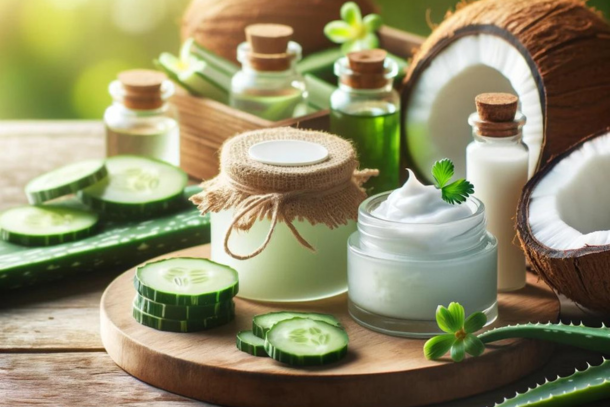
DIY Natural Beauty Treatments for Glowing Summer Skin
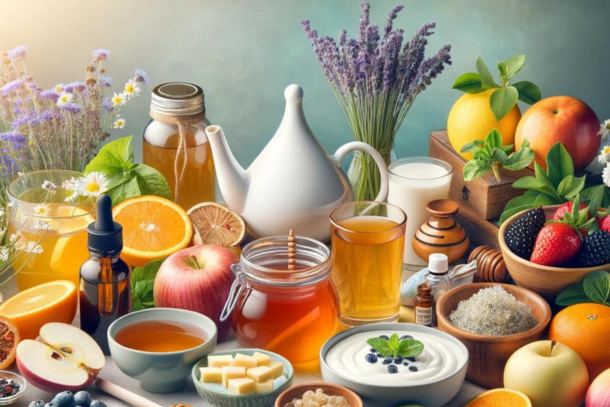
10 Natural Remedies to Combat Summer Allergies
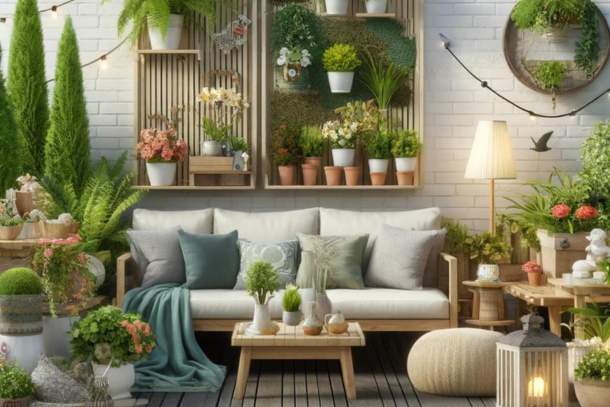
How to Create a Relaxing Outdoor Space for Summer
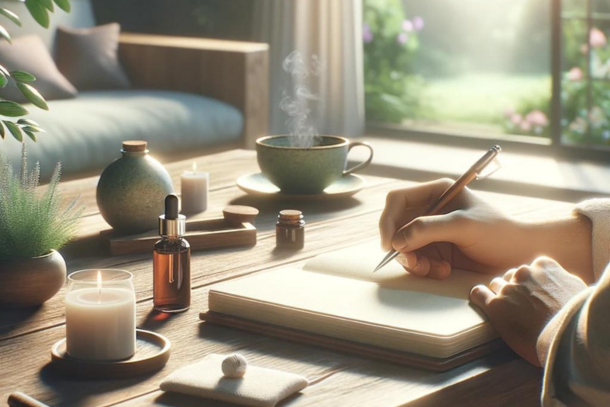
Mindfulness Techniques to Reduce Stress in Your Daily Life
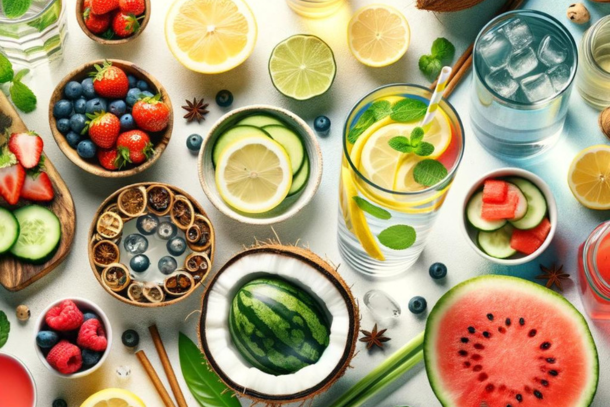
Hydration and Wellness: Natural Ways to Stay Hydrated in Summer
